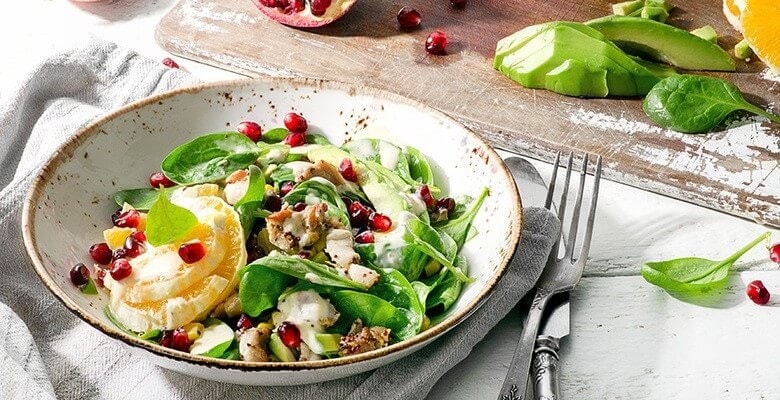In restaurants, the top goal of business owners is to earn — the greater the profits, the better. The challenge is how they would price items in their menu at the highest cost possible, and people would still order it. For some items, a better strategy to earn more is to increase prices. But other items that don’t sell need to be deleted or completely rebranded.
Pricing the menu for profit is based on three ways
- Menu engineering principles
- Menu costing principles
- Menu psychology principles
Each restaurant is unique, and some strategies work better for other restaurants. This doesn’t mean that the particular system that worked for others will also work for your restaurant or vice versa.
What is the best way to develop a system that works?
To improve restaurant profit, the best way is to apply changes then test. Even if your restaurant is earning well, there are still some strategies that can maximize income.
Read further to learn more about how restaurants should price a menu for profit:
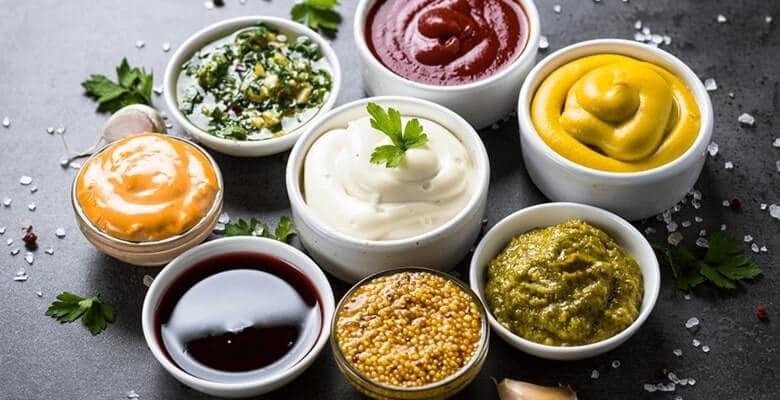
Menu Engineering:
Michigan State University has developed the principles of menu engineering, in this menu engineering matrix, to help restaurants and business owners maximize their profit.
The Menu Engineering Matrix:
Menu engineering helps foodservice professionals classify food items into four types:
- Stars or Gold. items that are both profitable and popular
- Plow Horses or Silver. Items that are high in popularity but low in profit
- Puzzles or Bronze. Items that are low in popularity but high in profit
- Dogs or DQ. Items are both low in popularity and profit
As you’re reading the four types above, you must’ve been automatically classifying items in your restaurant. You’ll become more excited as you see concrete solutions and strategies to each item in your menu.
1. Stars or Gold
When items on your menu are considered both profitable and popular, you don’t get complacent. Rather, you give more attention to ensure that they are of the highest quality. Because of the popularity, skimping on ingredients or the best way the food is cooked just because you want to save big on costs won’t do. When you replace your ingredients with something inferior, your regular customers will notice it immediately.
What you can do: Remember that there is already a big demand for this product. This menu item must really be special for it to be ordered all the time by most of your customers. You should test if the customer is willing to pay more for the same product. More so, you can make the item more visible in your menu.
2. Plow Horses or Silver
Items classified as silver have high sales but make little profit. Since these items still take effort to produce and yet generate small margins, don’t spend much on marketing these items.
What you can do: Similar to gold items, you can try to raise the price and check how demand will react. Reduce cost on the food product by slightly decreasing portion sizes. Also, restaurants can find alternative ingredients, which are less costly and without sacrificing quality.
3. Bronze / Puzzles
Under this classification, items have low popularity and high profit. Most of these items on the menu are commonly overpriced.
What you can do: The bronze items have high profits but aren’t selling well for some reason. Restaurants can try these strategies and see which ones work:
- Offer as daily specials and make the item more visible.
- Try to reduce the price and check if demand will increase.
- Drop the item from the menu if the ingredients are easily perishable or have storage difficulty.
4. Dogs or DQ
These items which have low demand and low popularity should be dropped immediately. Not only do restaurants spend these items on storage, preparation, marketing, or inventory, but dropping them will free space, effort, and time on marketing the items that do make a profit.
What you can do: Drop the item immediately. It only drains money and effort. Your restaurant is continuously bleeding cash because of this entry. If most of your restaurant menu items are classified under this item, you may need to immediately consult with a marketing expert. However, if these items are few, you can rebrand these items by renaming them.
Menu Engineering Examples and Principles
Ideal Food Cost Percentage
After we’ve identified strategies in classifying products with the strategies provided above, we’ll compute how restaurants can maximize profit (through the ideal food cost percentage).
1. Choose Your Ideal Gross Profit Margin
While it is ideal to sell items for maximum profit, be realistic too. As much as everyone in business would like to earn, there’s still the matter of demand. If it’s priced too high, people would think twice before they’d buy it from your restaurant.
Is it worth it to spend more on your product? Would diners be willing to pay more for the food? And if nobody orders the item, is it because of a marketing or product problem
2. Calculate Your Price
Compute first for the raw food cost of the item. This doesn’t include labor costs, delivery costs, or rent. Raw food costs are the cost of the ingredients. For example, if you plan to serve seafood soup, try to compute the cost of all the ingredients, including shrimp, clam, fish, stock, spices and herbs, and oil.
Let’s take a look at the example below:
- The ideal food cost percentage is 40 percent
- Raw food cost is $10
Divide the raw food cost by the ideal food cost percentage. In this example, divide $10 by 0.40 or 40 percent. The price on your menu is $25.
Some restaurants try this method, but they also accounted for other costs such as rent, ongoing business expenses like overhead, etc.
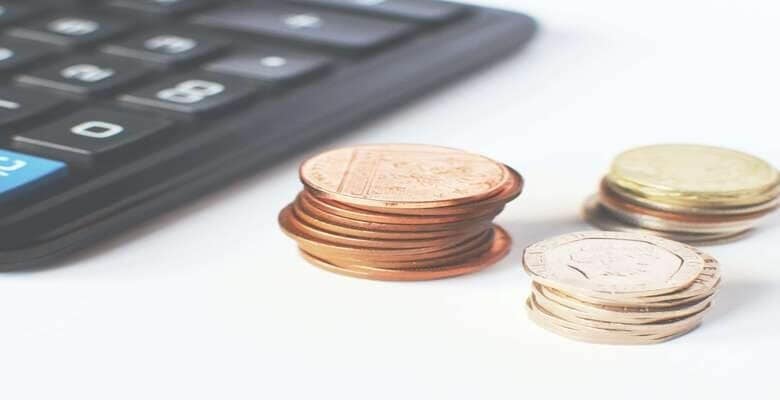
Ideal Gross Profit Margin
Another way to determine your menu price is to determine the gross profit. Make sure, though, that the gross profit margin or percentage of profit made from sales is more than sufficient to cover your restaurant’s expenses.
Determine your ideal gross profit margin and raw food cost:
- The ideal gross profit margin is 80 percent
- Raw food cost is $5
- Menu price is $12ou have in extra to expand, pay off debts, or invest in equipment. As discussed in the engineering strategies above, specific menu items can be priced high
Ideal gross profit margin = (Menu price — Raw food cost) / Menu price
0.60 = (Menu price — $5) / Menu price
Menu price is $8.
Next, determine the net profit.
Net profit/loss = Gross profit less - (Labor cost + Operating cost)
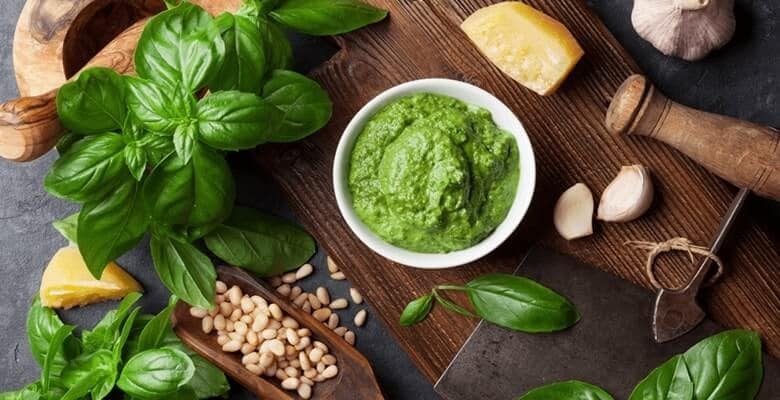
Menu Psychology Principles
The higher the net profit, the more years or lower. Some items may work with cheaper ingredients. Also, some items need to be scrapped out immediately.
The Golden Triangle
Menu items are tricky. However, it’s been proven that some areas on the menu are more visible than most. These areas are the center, top right, and top left corner. Also called the Golden Triangle in the menu by psychologists, items placed here are more than likely to sell.
In addition, placing other gold items at the top and bottom of the list with beautiful content may lead to more sales as these areas are noticed more by people. Also, if the item sells well, business owners are more than likely to sell it by putting the label inside borders or by using catchy graphics or photographs.
Colors can also affect sales. Orange is commonly attributed to an increase in appetite. Yellow is used by many menu designers to catch the attention of the diner. In some instances, graphic designers use green to represent freshness. Further, the most popular and high-earning items are often labeled red and somehow spurs the diner to order the item.
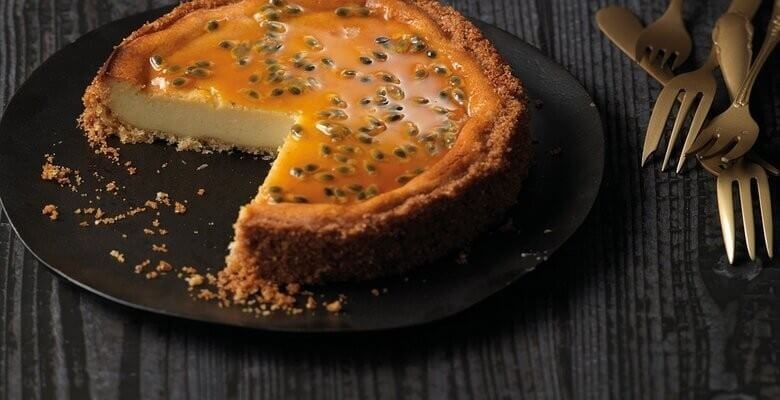
Content is king
Take note that content is king. Adding in a carefully-worded menu item with a catchy description will entice diners to order the food. Strategists also advise putting emotion into the menu by adding in nostalgia or themes of family. Have you seen items like “Grandma’s Cheesecake” or “Mamita’s Spaghetti and Meatballs” on the menu?
Stay away from superlatives, as this would instantly suggest exaggerations. Instead of using “The Best Burger” or “The Freshest Salad”, restaurant owners prefer descriptions like “sun-dried”, “full-bodied”, or “honeyed”.
Another less known strategy is how menu designers place decoy dishes beside other dishes. This gives diners the impression that they are saving money in choosing the more affordable dish — making them spend more.
Limiting the items per page works too. Some people are more confused if they have to choose many options. For this reason, menu designers recommend putting limited choices per page — at least seven to ten. Also, psychologists recommend using limited graphics or borders to highlight the gold item groups — those popular items which have a high profit.
The menu's presentation can entice the diner to order the best-selling product or try something new. Menu items, font, color, and highlights should be placed strategically. More than the ambiance, customer experience most often starts with reading the restaurant’s menu.
